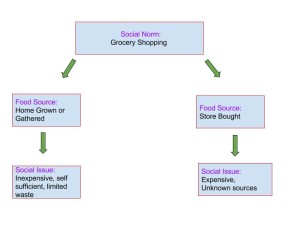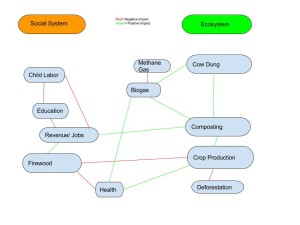2. I had difficulty uploading my google doc and inserted a pdf. My diagram outlines some of the issues regarding climate change negotiations. Due to the increased release of greenhouse gases since the industrial revolution, we have seen a significant increase in greenhouse gas emissions. In an attempt to combat the issue on a global scale, the UN proposed a convention to discuss this issue. The US was in support of the Copenhagen Accord which would bypass the majority support required by the UN and streamline the political process. In order for the plan to succeed, the United States needed support from many other nations. To get this support they used political power and the promise of aid and money to get more countries on board. They also engaged in hacking and threats that were all exposed during an information leak. The US met the demands of the other countries in order to get the plan approved in order to reduce greehouse gas emissions.
3. In my opinion, the US did what was necessary to reduce greenhouse gas emissions. Although the ethics behind it are questionable, the end result was a benefit for all. In agreeing to reduce greenhouse gas emissions, many countries received aid and money they needed (or wanted). The problem with collective action issues is that you ultimately depend on others to do the right thing. The US garnered their power in the world community to strong-arm nations who may have been unwilling to reduce their footprint. Unless everyone willingly jumps on board to “right the ship”, we will be in similar circumstances in the future.


